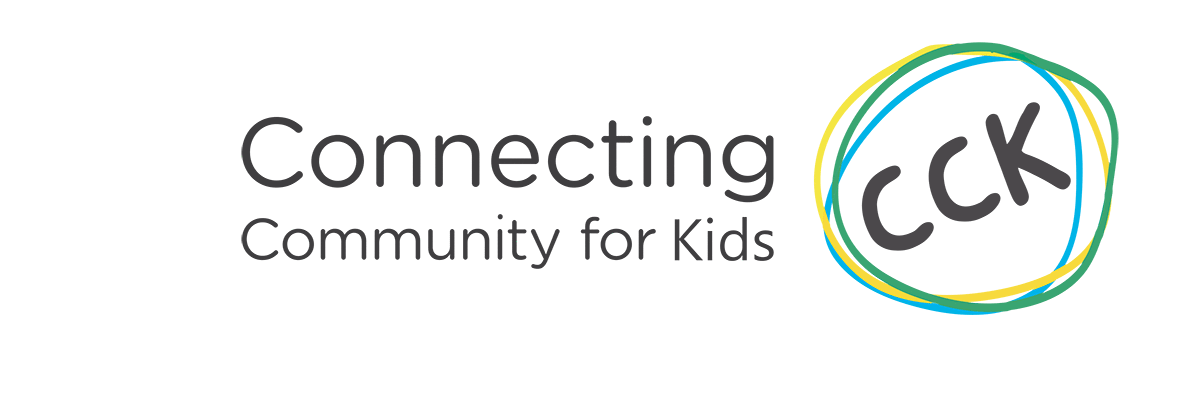What is Collective Impact?
Collective impact is the commitment of a group of people from different sectors to a common agenda for solving a complex social problem. The underlying premise of collective impact is that alone, no single individual or organisation can create large-scale, lasting social change. ‘Silver bullet’ solutions to systemic social problems do not exist, they cannot be solved by simply scaling or replicating one organisation or program. The concept of collective impact was first references in the 2011 Stanford Social Innovation Review by John Kania & Mark Kramer.
“… We believe that there is no other way society will achieve large-scale progress against the urgent and complex problems of our time, unless a collective impact approach becomes the accepted way of doing business."
Connecting Community for Kids offers a proven roadmap for collective impact in a metropolitan setting. We have been successful in implementing a place-based collective impact approach in the communities of Kwinana and Cockburn, addressing childhood vulnerability and disadvantage from an ecological perspective. We work with community, services and agencies to build their capacity to work collaboratively, strengthen social capital and co-design sustainable system change.
Connecting Community for Kids is an established backbone organisation. We have a two-tier Governance Structure in place for the leadership and strategic direction of the initiative including MOU's with Woodside, Department of Communities, Western Australian Council of Social Services, City of Cockburn, City of Kwinana, Department of Education, Department of Health, Child and Adolescent Health Services, Ngala, Smith Family, KEYS, Meerilinga, Child Australia and Yangebup Family Centre.
At the same time as working towards universal and system wide change for childhood outcomes, we activate local communities to address underlying concerns of social isolation, financial strain, safety and early intervention for child health.

